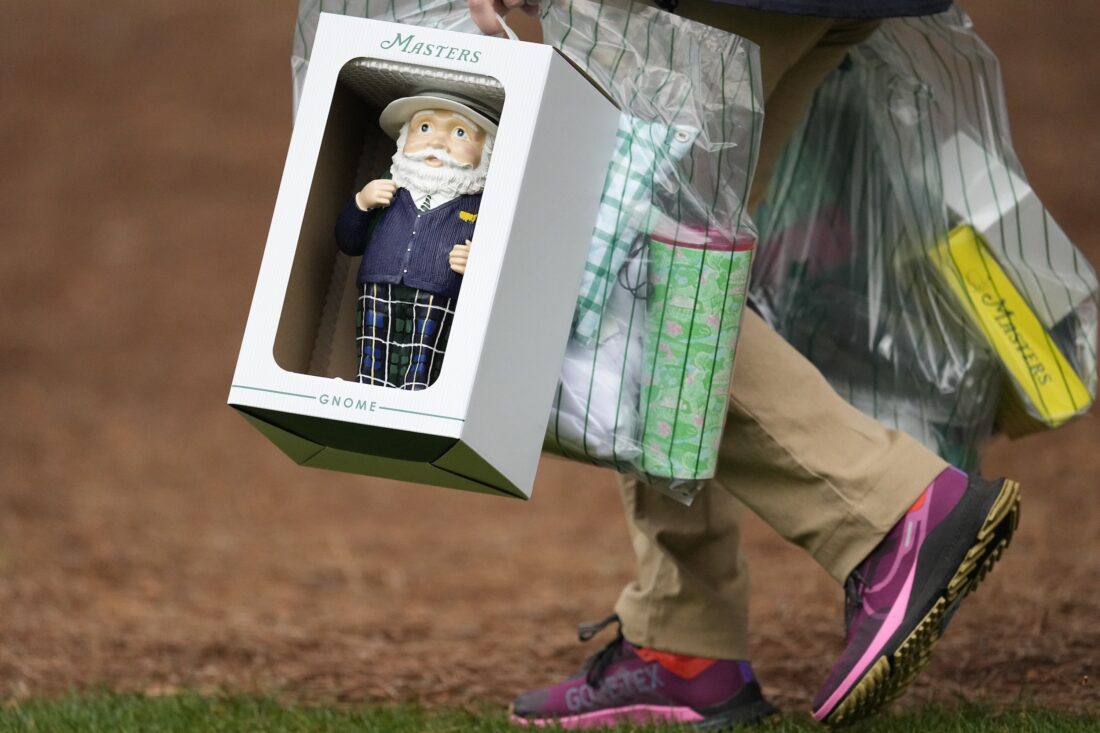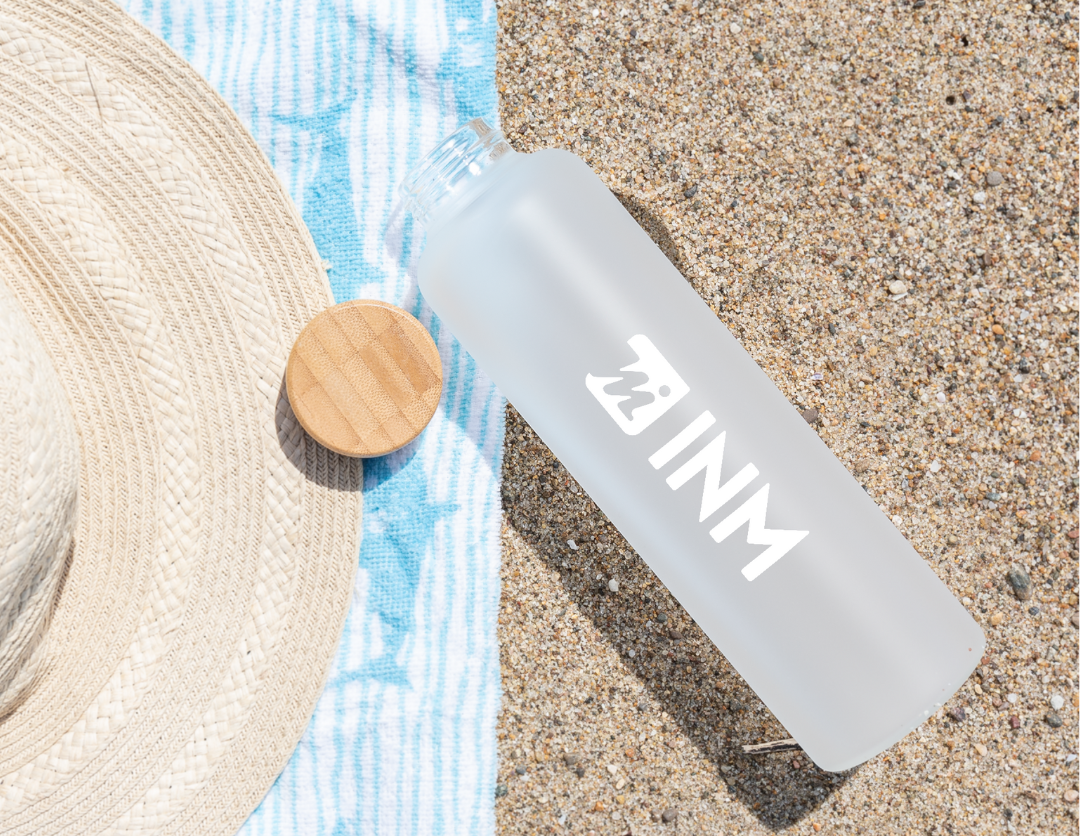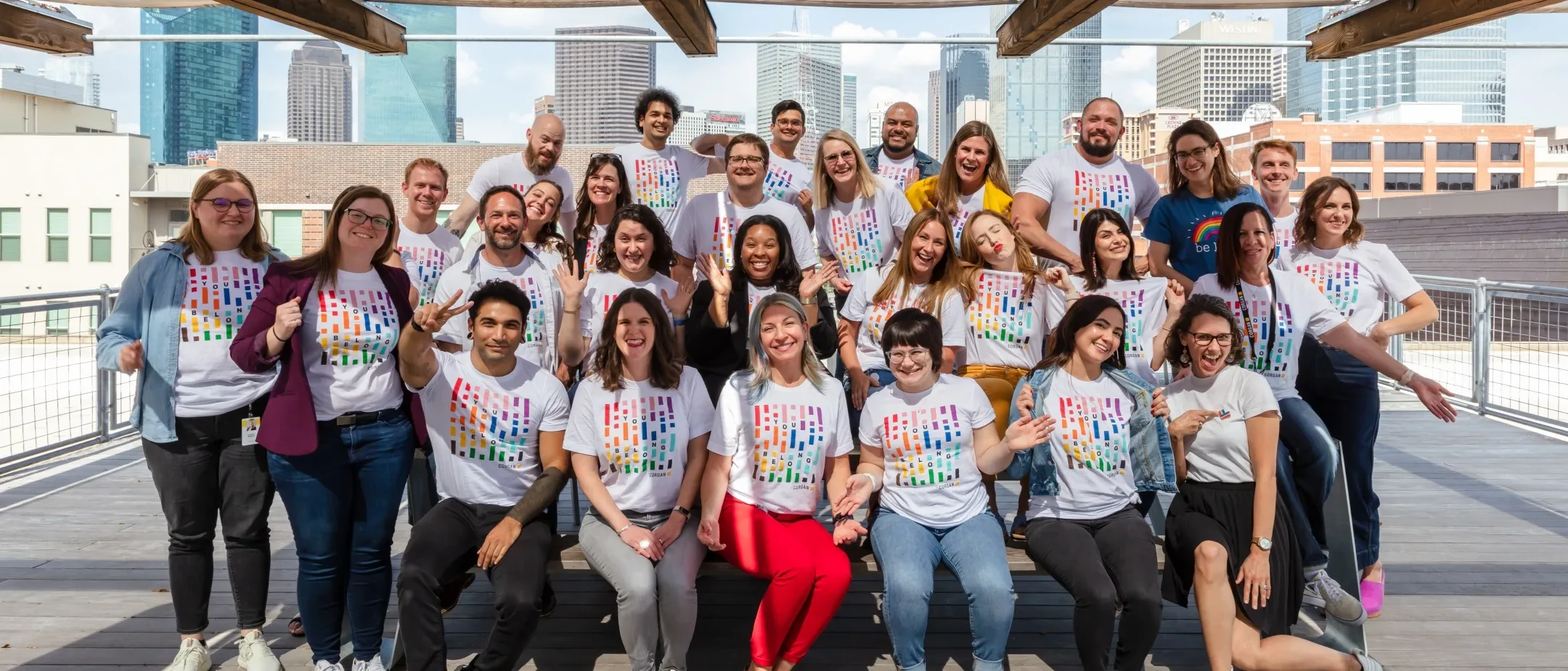Plastics cannot be composted. They do not break down. Even when recycled they are still…plastic. But recycling them is one way to help keep them from ending up in the ocean or landfills.
Converting plastic bottles into fabric has been around for many years, but continues to gain quickly in popularity. Maybe it’s because more earth-dwellers are showing interest in preserving the environment these days, or possibly because technology has made the process easier.
In all fairness, it’s likely both. In equal parts.
Anywho, here’s how it works…
And there ya have it.
This is obviously for recycling plastic into fibers to be woven into fabric, but the pellets can be melted and molded into so many things like…well, other plastic things like bowls, and cups, and pens – oh my! (source: physical changes of matter, Chemistry 101)
rPET vs PET
PET is your basic clear plastic used to make polyester fabric and disposable beverage bottles.
That little “r” at the beginning simply indicates a recycled version of PET, and that’s often what we’re looking for when sourcing ideas for a specific eco-friendly merch like this branded backpack. 
How to be proactive in recycling
It has to start somewhere, and that’s usually with each person as individuals. Know how to determine which items can be recycled and start there. We can do this in our homes, at the office, at the gym, at any public place – and we can teach our children what we learn so that they can become ambassadors of the earth as well.
That said, research to recognize the identifying factors that indicate whether an item is recyclable. This online search tool will help you find the right recycling center near you for various needs.
We have a long road ahead to clean up the mess that we’ve collectively made, but together we can make an impact.
You can peruse our online shops (including eco-conscious) here at any time.




